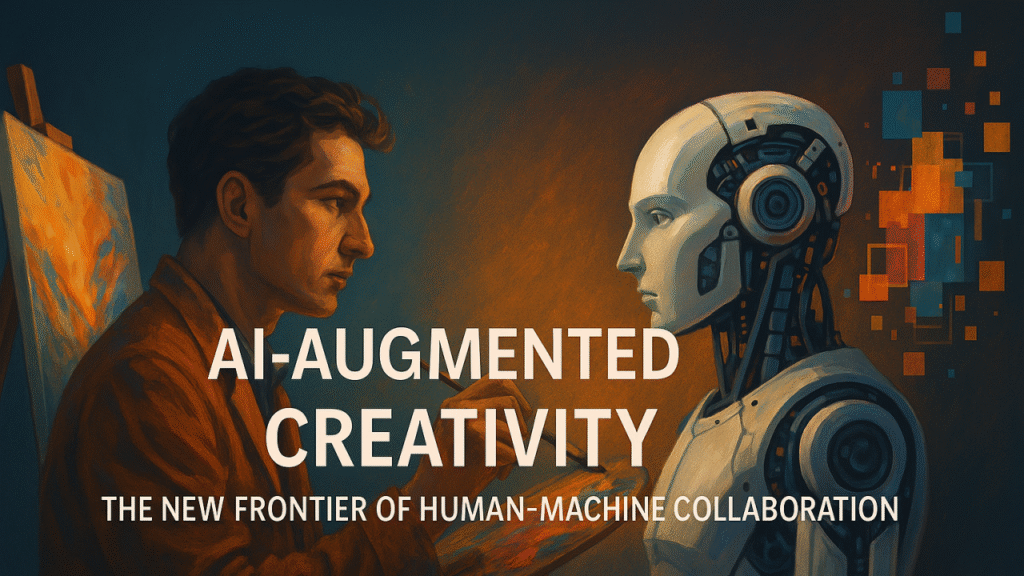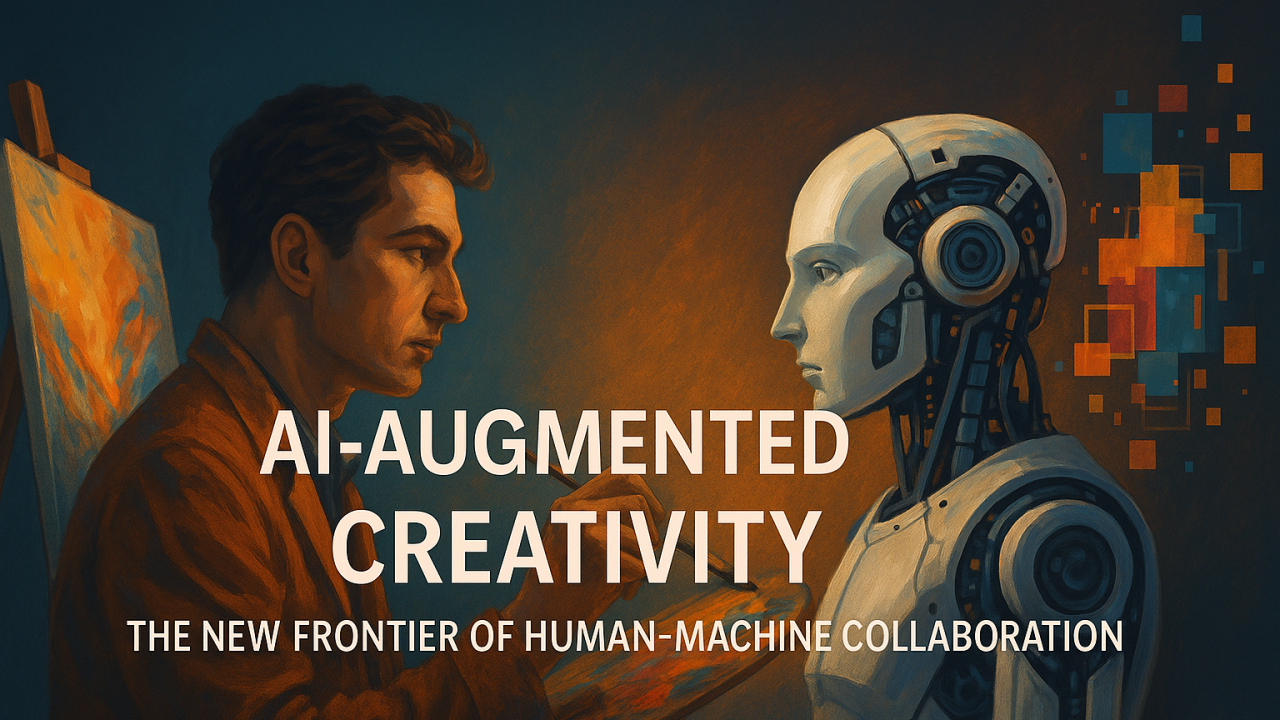
As Artificial Intelligence (AI), robotics, and bio-digital technologies advance at lightning speed, a critical question arises: Are machines set to replace us—or enhance us? The co-evolution of humans and machines is not a futuristic fantasy anymore; it is a present reality reshaping how we work, think, and even define ourselves. This dynamic relationship isn’t simply about automation—it’s about transformation, collaboration, and coexistence.
Understanding Co-evolution: What It Really Means
Co-evolution refers to the mutual and continuous shaping of humans and machines. As humans create smarter machines, those machines, in turn, reshape human behaviors, capabilities, and societies. This process spans:
- Technological augmentation (using AI, wearables, exoskeletons)
- Neuro-digital interfaces (brain-computer links like Neuralink)
- Digital twins and avatars for cognitive or physical extension
- AI-driven decision support in industries like healthcare and defense
The central debate is whether this evolution leads to human augmentation—where technology amplifies our potential—or human replacement, where machines take over roles entirely.
Human Augmentation: Supercharging Our Abilities
- Cognitive Enhancement
- AI assistants help with memory, planning, and learning.
- Tools like ChatGPT or AlphaFold accelerate research and decision-making.
- Physical Augmentation
- Exoskeletons in warehouses and military applications reduce fatigue and injury.
- Prosthetics integrated with neural signals allow full control and sensitivity.
- Sensory Expansion
- Bionic eyes, hearing aids with AI filters, and touch feedback systems provide senses even nature didn’t.
- Workplace Efficiency
- Human-machine collaboration in manufacturing and surgery improves speed and precision.
- Emotional Intelligence
- AI-driven tools analyze emotions and mental health, aiding therapists and users alike.
Human Replacement: Machines Doing It All?
- Job Automation
- AI replaces humans in repetitive tasks—data entry, driving, customer service.
- Entire job categories (e.g., travel agents, cashiers, typists) are vanishing.
- Creative Roles
- Generative AI tools now write, design, compose, and even code—sometimes outperforming junior professionals.
- Autonomous Systems
- Self-driving vehicles, autonomous drones, and robotic surgery reduce or eliminate human involvement.
- Decision-Making Systems
- AI is being used in judicial decisions, hiring, finance—raising concerns about bias and lack of human empathy.
The Reality: A Hybrid Future
Rather than pure replacement, the future seems to point toward symbiosis—a deeply intertwined relationship. The most likely scenario is a blended intelligence, where machines amplify human abilities rather than erase them.
| Area | Augmentation Role | Replacement Risk |
|---|---|---|
| Healthcare | AI-assisted diagnosis, robotic surgery | Automated triage, virtual health agents |
| Manufacturing | Cobots, predictive maintenance | Full robotics replacing assembly workers |
| Education | Adaptive learning platforms | AI tutors replacing some teaching roles |
| Transportation | Navigation assistance, safety monitoring | Fully autonomous vehicles and logistics |
| Finance | AI advisors and fraud detection | Automated trading, robo-advisors |
| Creative Industries | AI-enhanced design, writing assistants | Generative art/music replacing creatives |
Challenges in Human-Machine Co-evolution
- Ethical Dilemmas
- Who controls the decisions machines make?
- Can AI systems value human life or dignity?
- Digital Inequality
- Augmentation may benefit the wealthy or tech-savvy first, widening social gaps.
- Loss of Human Identity
- Over-reliance on AI may erode critical thinking, empathy, or originality.
- Regulation and Accountability
- Who is responsible when an AI-driven system fails or harms someone?
- Mental and Emotional Impact
- Constant comparison with superior AI performance may damage human self-worth.
The Role of Humans in a Machine World
Instead of asking whether machines will replace humans, a better question is: What can only humans do?
- Empathy and morality
- Creative intuition and cultural sensitivity
- Ethical decision-making in complex scenarios
- Emotional leadership and inspiration
These uniquely human traits are difficult—if not impossible—for machines to replicate meaningfully.
Comparative Overview of Augmentation vs. Replacement
| Factor | Human Augmentation | Human Replacement |
|---|---|---|
| Goal | Enhance capabilities | Eliminate human involvement |
| Human Role | Central and collaborative | Marginal or obsolete |
| Ethical Implications | Empowerment, but potential inequality | Job loss, societal disruption |
| Economic Impact | Productivity gain with jobs evolved | Productivity gain with job displacement |
| Dependency Risk | Medium—augments need supervision | High—may degrade critical human skills |
| Social Acceptance | Generally positive | Controversial and divisive |
Final Outlook: Cooperation Over Competition
The debate between augmentation and replacement need not be a zero-sum game. By designing AI systems for collaboration, we can build a world where humans are not just users of machines—but partners. Co-evolution isn’t about choosing sides; it’s about shaping a future where both human ingenuity and machine intelligence thrive together.
3 Top One-Line FAQs
Q1: Will AI replace all human jobs?
A: Not all—AI will replace some tasks, but most roles will evolve through human-machine collaboration.
Q2: Is human augmentation safe and ethical?
A: It can be, but it requires strong ethical guidelines and equal access to avoid harm or inequality.
Q3: Can machines ever replicate human creativity or emotions?
A: They can mimic them, but authentic human experience remains uniquely irreplaceable.

